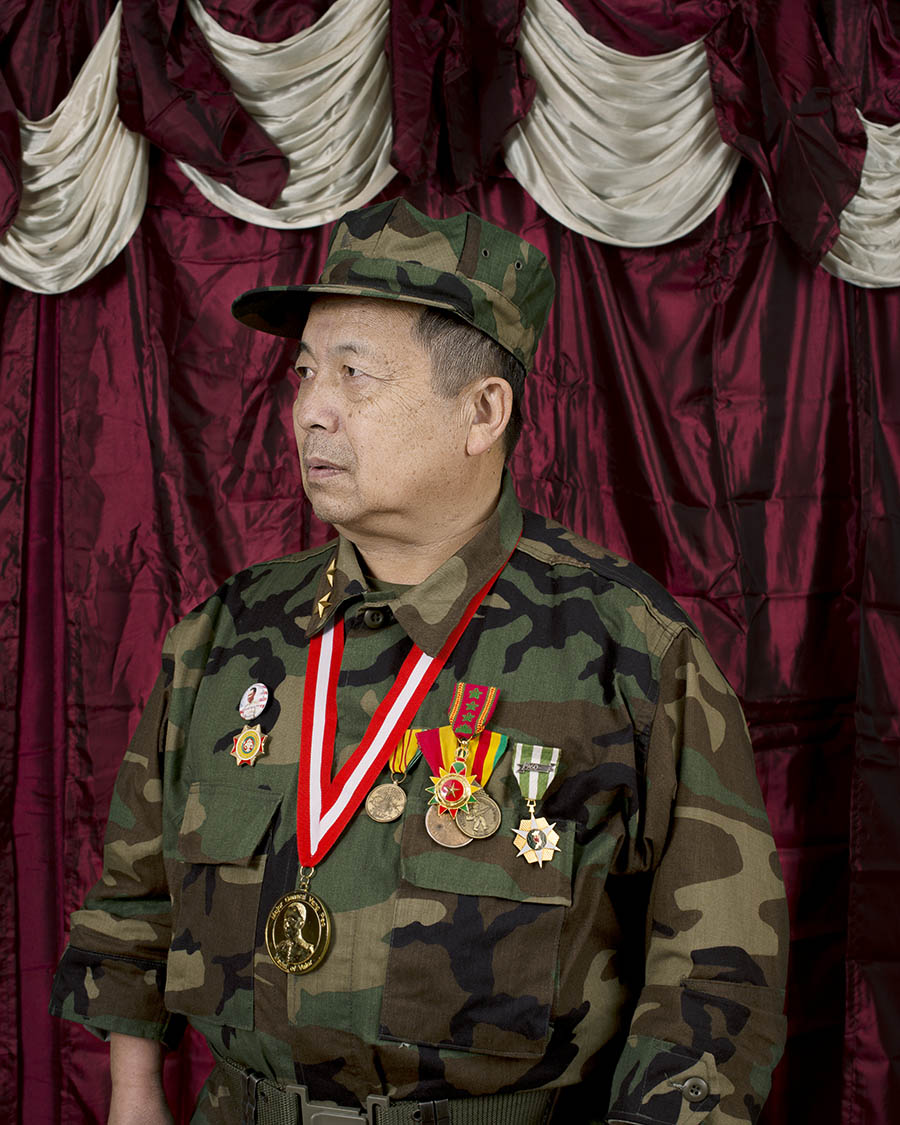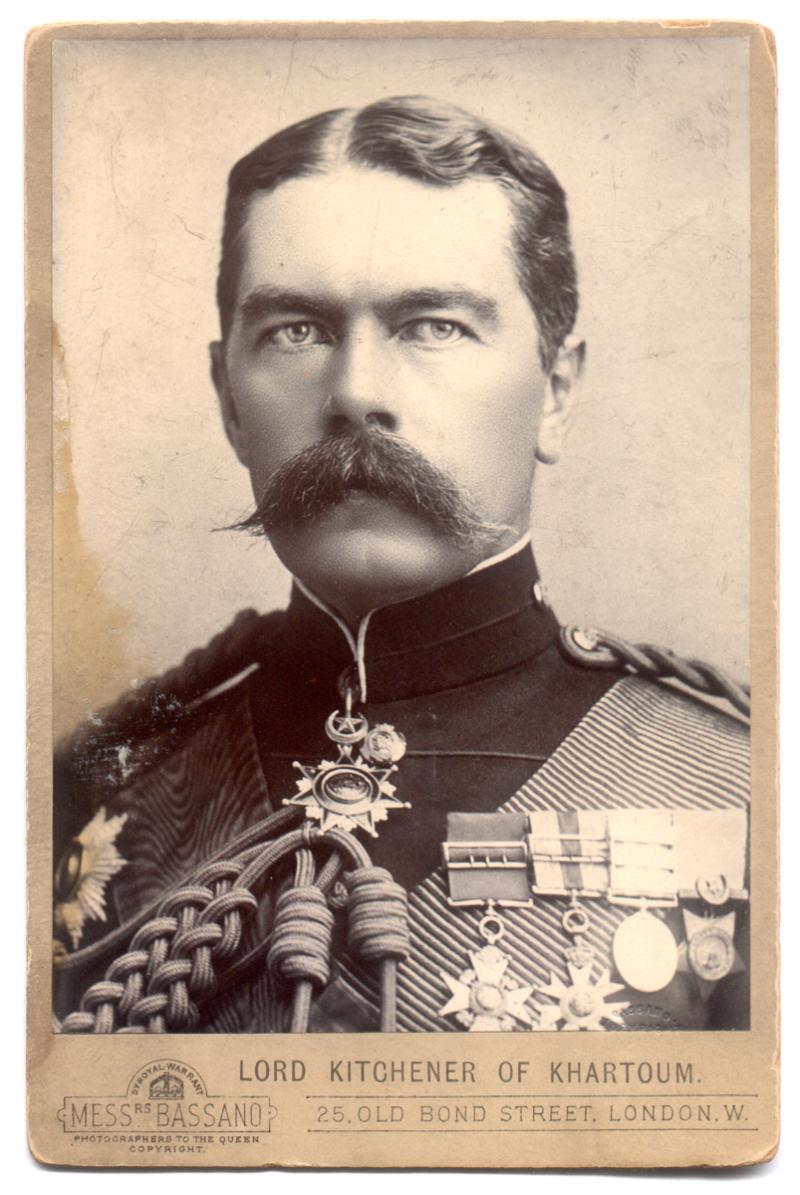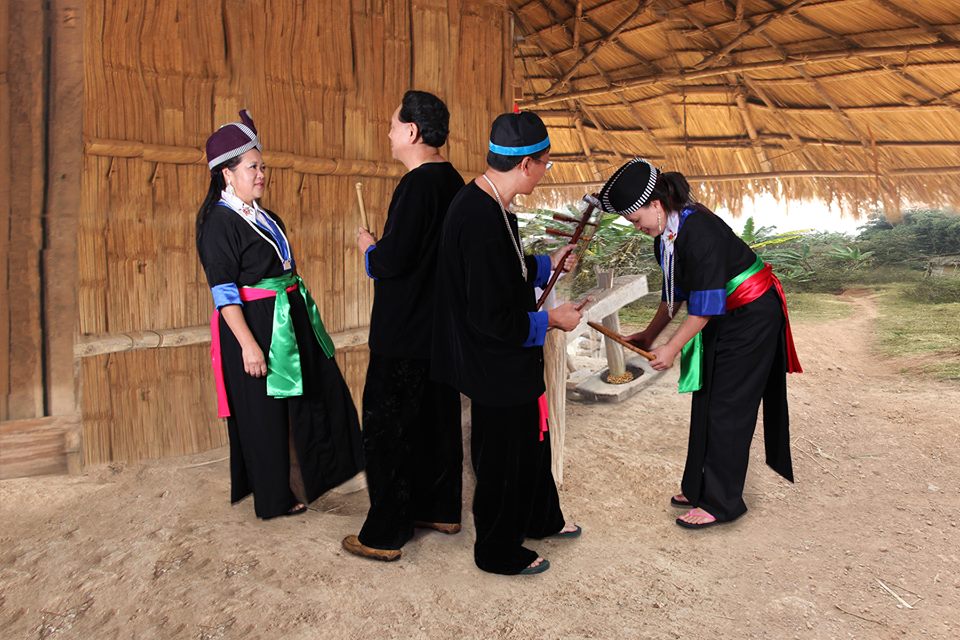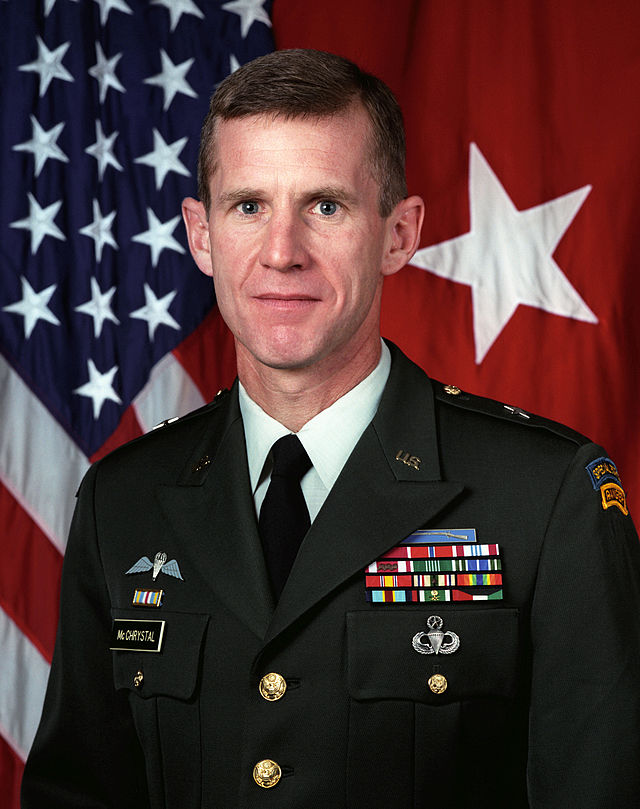Some of the men in the portraits stand straight, their eyes alert. The medals decorating their freshly pressed uniforms shine under the studio lighting. Others seem disinterested in pageantry and pride, their ill-fitted military fatigues hardly adorned at all. One man brandishes an excessive number of medals and ribbons on the pocket over his heart. Another, with patches barely sewn to his shoulders, has pinned to his breast a single button featuring the face of General Vang Pao of the Royal Lao Army, which secretly fought alongside the United States military during the Vietnam War.
Photographer Pao Her’s current MAEP exhibition, “Attention,” presents 10 portraits as documents of the shrouded history of Hmong-American veterans. America’s involvement with Southeast Asia dates back to the Geneva Conference of 1954, when Laos and Cambodia were declared neutral territories. Under this accorded fog of war, President Dwight Eisenhower began covert military operations in Laos to deter the spread of North Vietnamese communism, and in the 1960s the U.S. Central Intelligence Agency secretly contracted General Vang Pao to help. General Pao enlisted ethnic Hmong and Laotian soldiers to fight as the Hmong Army, also known as the Secret Army. When the U.S. withdrew from Vietnam in 1975, the Pathet Lao communists took control of Laos and began targeting the Hmong in retribution. Thousands of Hmong were admitted to the U.S. as refugees starting in 1976, but many thousands remain in the mountains of Laos, fighting to survive, and those who did escape to America have often struggled to adapt.
Left: Pao Her, Hmong Veteran, c-print, 2014; Right, Admiral William Owens, 1994.
This past April, a memorial to Hmong Army veterans was unveiled at Fort Snelling, but despite their sacrifices on behalf of the U.S., the veterans have never been recognized by the U.S. government as such. As a recent article from the Star Tribune outlines, these men are excluded from subsidized health services, refused the right to be buried in national cemeteries, and forbidden from wearing official U.S. military uniforms and medals.
The military’s staunch stance on impersonating veterans goes beyond the former Royal Lao Army, and has recently become more severe. President George W. Bush passed The Stolen Valor Act of 2005 to amend U.S. criminal codes restricting civilians from posing as veterans for material gain, and in 2013 President Barack Obama passed revisions that established tougher punishments for displaying fraudulent copies of the Congressional Medal of Honor. Impersonating a U.S. veteran is now punishable by both fine and imprisonment.
Left, Pao Her, Hmong Veteran, c-print, 2014; Right, Horatio Herbert Kitchener, 1st Earl Kitchener of Khartoum, c. 1890.
Illegal use of government medals or awards would “damage the reputation and meaning of these medals,” argues the 2005 legislation. In order to “protect the reputation and meaning of these medals,” federal law enforcement can now pursue not just overt acts of fraud but mere claims and use of clothing. People have begun posting videos online that document confrontations between the supposed guardians of military honor and its thieves. One pundit from Fox News recently warned, “Don’t steal the valor, it’s only for the select few.”
Her sees her MAEP exhibition as neither advocacy nor criticism. The installation instead magnifies one example of the universal hope of recognition. Her’s work calls attention to the importance of veteran status in the Hmong-American identity by undermining the authority of cultural traditions and governmental sanctions. Posed in the tradition of a Victorian general’s portrait, the men in Her’s photographs protest the powers of inattention by dressing in the very regalia that the military deems invalid. Despite being disavowed, the Hmong Army veterans have given themselves and each other the emblems they feel they deserve, as gifts or by purchasing them online.
Left, Pao Her, Hmong Veteran, c-print, 2014; Right, Thomas Sully, Portrait of George Washington (1732–1,799) c. 1820, oil on canvas. On view at the MIA in Gallery G332
A trip to St. Paul’s own Hmong Village Marketplace offers insight into this connection that Hmong-Americans keep with their military history. Throughout the space large portraits of General Pao hang above urns filled with unlit sticks of incense. “It is widely understood,” Her said in a recent interview, “that it was because of General Pao and his relations with the U.S. that Hmong people were ‘rescued’ from Laos and why most Hmong are here in the U.S.” Because of this view of history, “be it true or not, General Pao has become not only the leader of the Hmong but also a legend, a mythical hero. Hmong elders worship him.”
Artist Noah Vang is currently exhibiting at Hmong Village [there are no direct links to Vang’s show at Hmong Village] more than 30 found archival portraits of mostly deceased Hmong veterans, all in full military dress. As a foil to Her’s MAEP exhibition, which unsettles the performance of Hmong veteranship, Vang presents straightforward, if uncritical recognition that resembles a memorial. Together they represent two perspectives for reflecting on Hmong-American history, each marked with a sense of nostalgia that is familiar to many in the Hmong community.
Since she was a child, Her has known businesses like Xiong Portraits, a photo studio in Hmong Village where Hmong-Americans can express an allegiance to their cultural history with costumes and “travel” through the technology of green-screens. While the image above, pulled from Xiong Portraits’ Facebook Page, is unconvincing as a document of Hmong culture, it faithfully represents the Hmong-American experience. The traditional embroidered clothing and musical instruments, both provided by the studio, point to the cultural roots of Hmong people living in Laos, while the inconsistent lighting and uncanny shadows keep the the figures in the St. Paul photo studio.
In Her’s experience, those in the Hmong community who have their pictures taken at places like Xiong Portraits aren’t trying to suspend their disbelief. In fact, Her said, the “illusion is only there for people outside the community.” The people photographed in these digital dioramas treat them as an image of their own hyphenated identities. The imperfect hinge between the floor and the green screen allows for a sense of authenticity that a program like Adobe Photoshop would actually conceal. Images like these capture both feet planted in two separate homes, one here in Minnesota and the other in Laos.
Left, Xiong Portraits template; Right, Stanley McChrystal as a brigadier general, 1999.
By documenting the tacit bonds that strain contemporary Hmong identity, Her’s “Attention” can serve as a case study of the kind of defiance that clarifies the theatricality of both military and civilian procedures. Compared to one of Her’s portraits, a 1999 portrait of Stanley McChrystal as a brigadier general appears just as false and just as honorable. Through Her’s photography this particular history of military valor can stand in for broader observations of symbolic values. Like props in a play, the uniforms become costumes and the medals simple pieces of metal, waiting to be charged with meaning.










